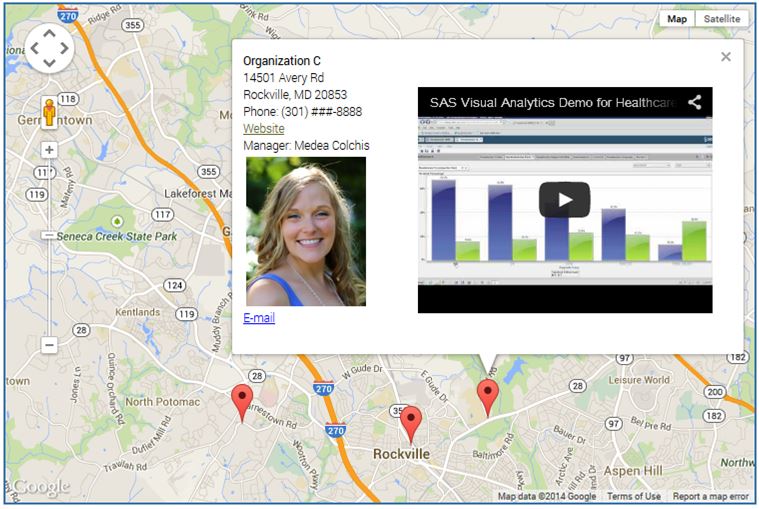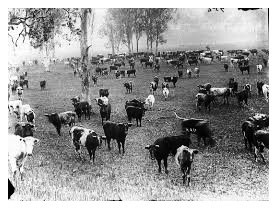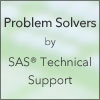All Posts
Recently, I was reading an online article about predictive modeling and "big data." Its premise was to determine whether the use of big data actually led to more accurate and meaningful predictive models and forecasts. After citing numerous external examples and internal tests that the authors had compiled, it stated

➤ DISCLOSURE! In June 2018 Google introduced changes to the way it handles its Maps platform. They now require API key in order to embed a map, plus Google Maps "projects" must now be associated with a billing account. Unless these new Google rules are met, Google maps described in
Often we need to plot the response values for binary cases of a classifier. The graph below is created to simulate one seen at http://www.people.vcu.edu/ web site of the shock index for subjects with or without a pulmonary embolism. In this case, the data is simulated for illustration purposes only. There
What does it take to be on the Huffington Post’s new B-team? Led by Arianna Huffington, this not-for-profit initiative is a group of global business leaders committed to making businesses more socially responsible - and blogging about it. It takes a real commitment to corporate culture, and not just the inspirational

We’ve all heard the tales about garlic protecting against evil and warding off vampires, but garlic is much more than an accessory to be worn around your neck at Halloween! Garlic provides numerous health benefits and is one of the most popular seasoning ingredients around. It goes well in almost

I’m sure, like me, you've been annoyed at being stuck in a traffic jam in a city centre somewhere, or been frustrated at your kids leaving lights on, or annoyed with the heating coming on when the weather’s warmed up and you've not got round to adjusting the thermostat. Now,

Capital investment in production capability is the weakest link in the business value chain. It always has been and likely always will be. It’s the driving force behind the tendency towards cartels, collusion and monopolies. While it can make the first entrant into a brand new market, in the long

Imagine you are the race director for a Formula One car. Decisions must be made within seconds, sometimes in the blink of an eye. When speed is of utmost importance, it is necessary for race engineers to have all relevant race data at their fingertips. Instead of having a couple of

Okay, let's say your data is in Hadoop. The distributed, open source framework is configured as it should be across low-cost servers and your data is sitting in those clusters. It's been a meaningful effort to get to this point but how does it benefit your organization? If it's not doing something
Back in January, I told you about this amazing project that Ed was working on, and now it’s done. Get ready. It’s a textbook—a science textbook about the stars. “Say what?” you might be thinking. Well, trust me. This book is cool! Ed has been teaming with the Space Telescope

And now for the five steps: 1. Ignore industry benchmarks, past performance, arbitrary objectives, and what management "needs" your accuracy to be. Published benchmarks of industry forecasting performance are not relevant. See this prior post The perils of forecasting benchmarks for explanation. Previous forecasting performance may be interesting to know, but


It is after Labor Day in the US, meaning we must no longer wear white shoes, skirts, jackets, or trousers. But even if you are now going sans-culotte, it is time to begin thinking about organizational performance objectives for 2015. Setting forecasting performance objectives is one way for management to shine...or

The major benefit of 64-bit applications is that they no longer have the memory limitation imposed by their 32-bit predecessors. This is why many SAS customers are making the transition from 32-bit SAS to 64-bit SAS. The move to 64-bit SAS can be daunting at first sight. There are many

I wanted to pass along this reminder from Pam Stroud at the International Institute of Forecasters: Grant to Promote Research on Forecasting For the twelfth year, the IIF, in collaboration with SAS®, is proud to announce financial support for research on how to improve forecasting methods and business forecasting practice.












